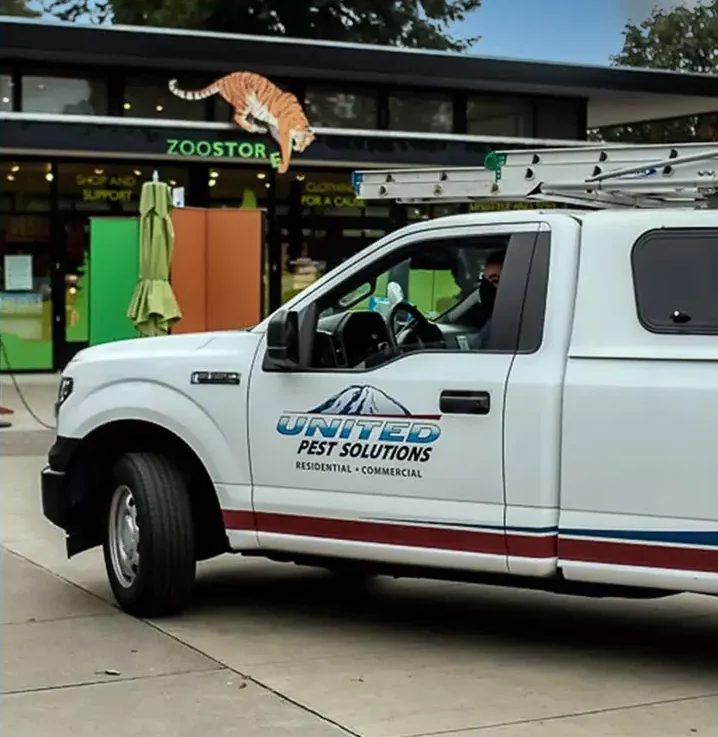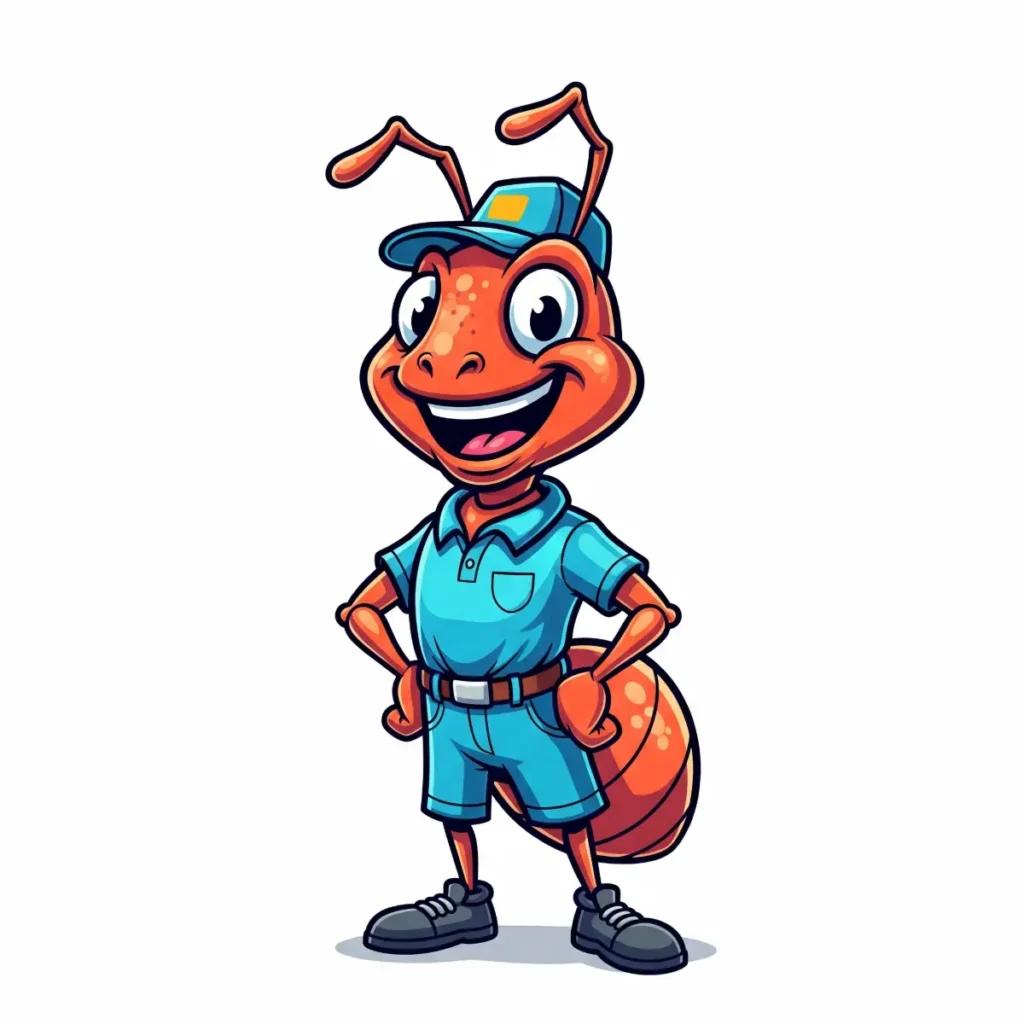Deer mice are also quite common in the Pacific Northwest. They are generally two-toned in appearance, with a lighter (often white) underbelly. Most will have a bi-colored tail. They may grow to around 7″ in length, and can also access areas roughly the size of a dime because of their smaller frames. Deer mice are accomplished jumpers, and skilled runners as opposed to the house mouse. The common name of “deer” mouse refers to these abilities.
Deer mice use their sharp teeth to eat just about anything they can find — they can chew through hard shells and will eat anything from vegetation to snails. Deer mice will also cache their food, often utilizing attic or crawl spaces to do so. In many areas, winter cold is a chief cause of mortality; however, due to the Pacific Northwest’s mild climate, they tend to thrive.
Deer Mouse Habits
Rodents are problematic inside of any structure. While rodent issues will generally be more pervasive in areas where construction may be older and sanitation may not be ideal, rodents can infest any building. Recognition of a rodent problem is not necessarily a reflection on one’s tidiness or cleanliness; it is unfortunately a byproduct of living in the Pacific Northwest and requires expertise and care to manage.
Rodents are well-suited to the Puget Sound region. They have a high reproductive rate and compete well for resources with other scavengers (they have been known to attack other animals such as fish, birds, and other mammals).
Rodents can burrow long distances to obtain food and shelter from predators. Most rodents can survive a fall of up to fifty feet, making them fearless climbers and able to travel across power lines and tree branches.
Rodent Damage
Rodents can be vectors for various diseases and bacteria. Rats were historically the carriers for the Bubonic plague, and have been responsible for millions of deaths worldwide. Rats are especially problematic as carriers of disease because they so often attempt to live as close to humans as possible (our food and garbage/waste provide a major source of food and harborage for rodent populations).
Rodents can also cause more basic damage in a variety of ways. They can contaminate our attics and crawl spaces with their droppings and urine; they can chew through expandable foam, electrical wires, and even the wood inside of our homes; they can destroy our gardens and eat our food; and perhaps most damaging, they can destroy our peace of mind and sense of security when we hear them inside of our homes and places of business.



